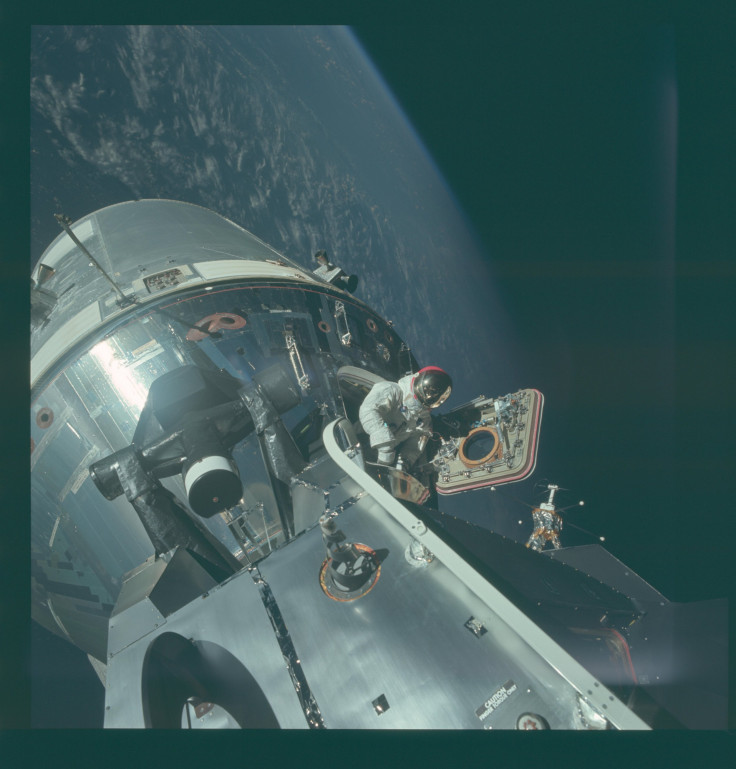NASA Astronaut Describes Close Encounter With Asteroid During Apollo Mission

A former NASA astronaut recalled the incident when the Apollo 9 spacecraft almost got hit by an asteroid. According to the astronaut, the near-miss with the space rock happened as it passed through the Apollo module’s altitude.
Rusty Schweickart served as the lunar module pilot for NASA’s Apollo 9 mission. Officially launched in 1969, the marked the third human spaceflight under the agency’s Apollo program.
For the mission, Schweickart and astronauts James McDivitt and David Scott traveled to low-Earth orbit. Their main objective was to test the module’s ascent and descent propulsion systems in preparation for a lunar mission.
As the astronauts were admiring Earth from space, Schweickart noted that he and his colleagues saw a bright flash on Earth’s atmosphere, just below the module.
“During the Apollo 9 mission we were dark-adapted for an experiment, looking at the spectacular night-time Earth, watching weather fronts, thunderstorms and lightning, a really great sight out of the window,” Schweickart said in a statement.
“Then, who knows who said it first, but one of us said they saw a little flash down there and someone else says ‘yeah, I saw it too,’ but you wouldn’t have mentioned it if the first person hadn’t said it,” he added.
The astronauts then realized that the object was a small space rock that burned up in Earth’s atmosphere. Upon learning that it was a meteor, Schweickart and his colleagues realized that the space rock just missed the module before hitting the planet.
“And then we realized: that was a meteor, burning up below us,” Schweickart said. “Wow, below us – which meant it came down through our altitude!”
Schweickart spoke about his harrowing experience with the European Space Agency (ESA) as it prepares its upcoming planetary defense mission. Dubbed as Hera, aims to study the effect of NASA’s Double Asteroid Redirection Test, which involves intentionally colliding a spacecraft onto the Didymos binary asteroids sometime in 2022.
“With Hera we’ll be able to validate a significant proportion of what an operational observer spacecraft would do: for instance, find out how precisely we can determine the post-impact orbit – what is the level of accuracy we’re going to achieve?” Schweickart said.
© Copyright IBTimes 2024. All rights reserved.





















